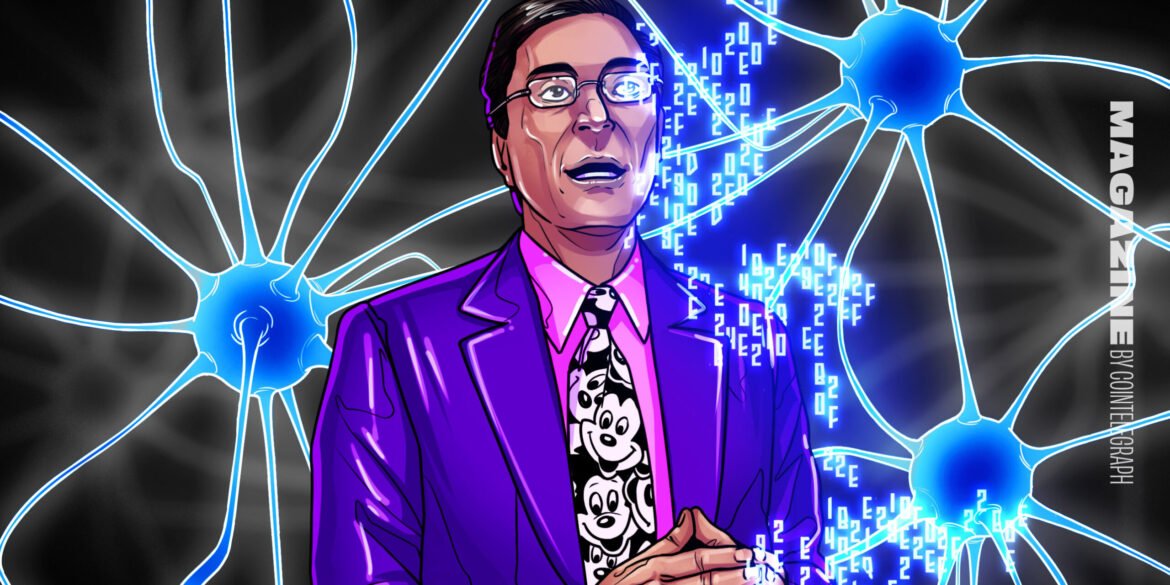By the end of this decade, the boundary between human and machine may begin to blur. Emerging technologies are poised to grant abilities once reserved for comic book heroes—ranging from superhuman strength to enhanced vision and digital cognition.
Robotic Exoskeletons: Redefining Human Strength
Industrial and defense sectors are rapidly adopting robotic exoskeletons. One notable example is Sarcos Robotics, whose Guardian XO suit offers a 20:1 strength amplification. The wearer can effortlessly carry up to 200 pounds over extended periods. The suit, developed with a $175 million investment, is already demonstrating potential across logistics and healthcare industries.
Meanwhile, German Bionic’s Exia model integrates AI-based learning, adapting to the user’s movements in real time. These intelligent exosuits are being implemented in German hospitals to support medical staff with physically demanding tasks.
Internal Revolution: Nanobots and Super-Healing
Medical science is nearing a breakthrough with nanobots—microscopic machines that may soon navigate our bloodstream to detect, repair, or destroy cells, dramatically improving recovery rates from injury or disease. Futurist Ray Kurzweil believes this step could form the foundation for radical life extension, possibly heralding the beginning of human immortality within the decade.
Kurzweil’s projections, featured in The Singularity Is Nearer, align with recent trends in artificial intelligence. As AI approaches “superhuman” levels by 2029, the pace of technological innovation may accelerate even further.
Vision and Senses: Beyond Human Limits
Contact lenses equipped with infrared vision are no longer theoretical. Researchers at the University of Science and Technology of China have created lenses that allow night vision, with future versions potentially integrating data overlays and augmented displays.
Meanwhile, sensory-enhancing wearables are under development. Ericsson forecasts haptic wristbands that allow users to feel digital textures. Experimental cyborgs like Liviu Babitz and Manel Munoz have already demonstrated wearable tech that allows orientation sensing or even “hearing” the weather through bone conduction.
Augmented Mentality: Merging Minds with Machines
By 2030, AI-integrated wearables—such as smart earbuds or AR glasses—could make real-time knowledge accessible to anyone. Meta’s AI-enabled Ray-Ban smart glasses and Google’s XR operating system are just early glimpses into this immersive digital future.
According to computer scientist Louis Rosenberg, this convergence of AI, augmented reality, and contextual computing will introduce a new era of “augmented mentality”. These devices will process your environment alongside you, providing insight, assistance, and decision-making support almost instantaneously.

